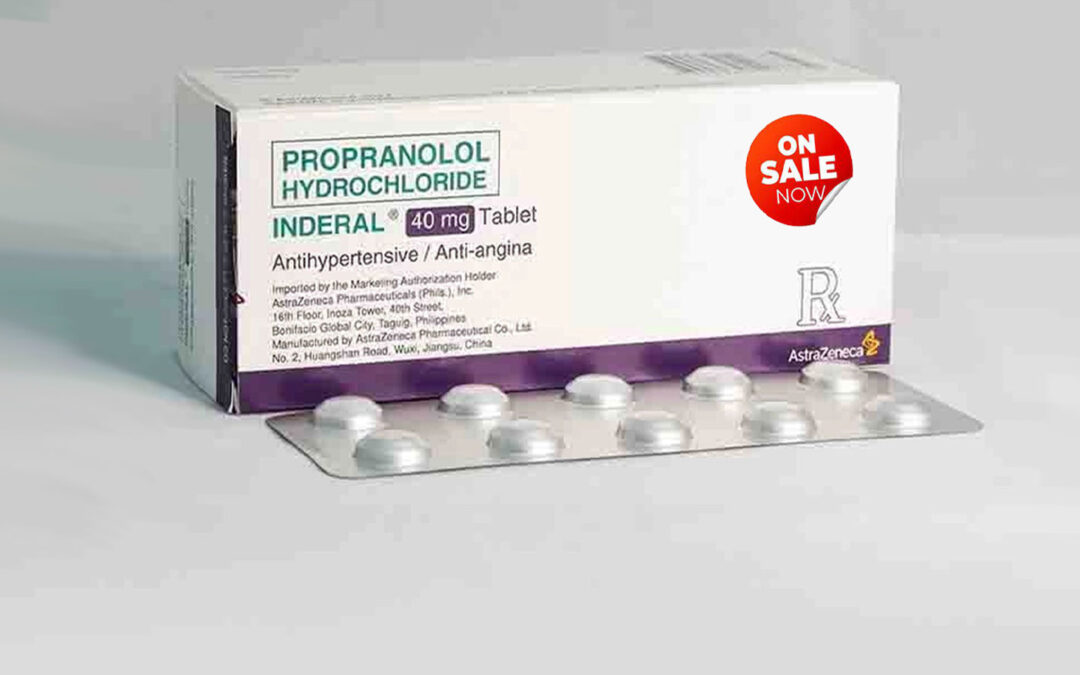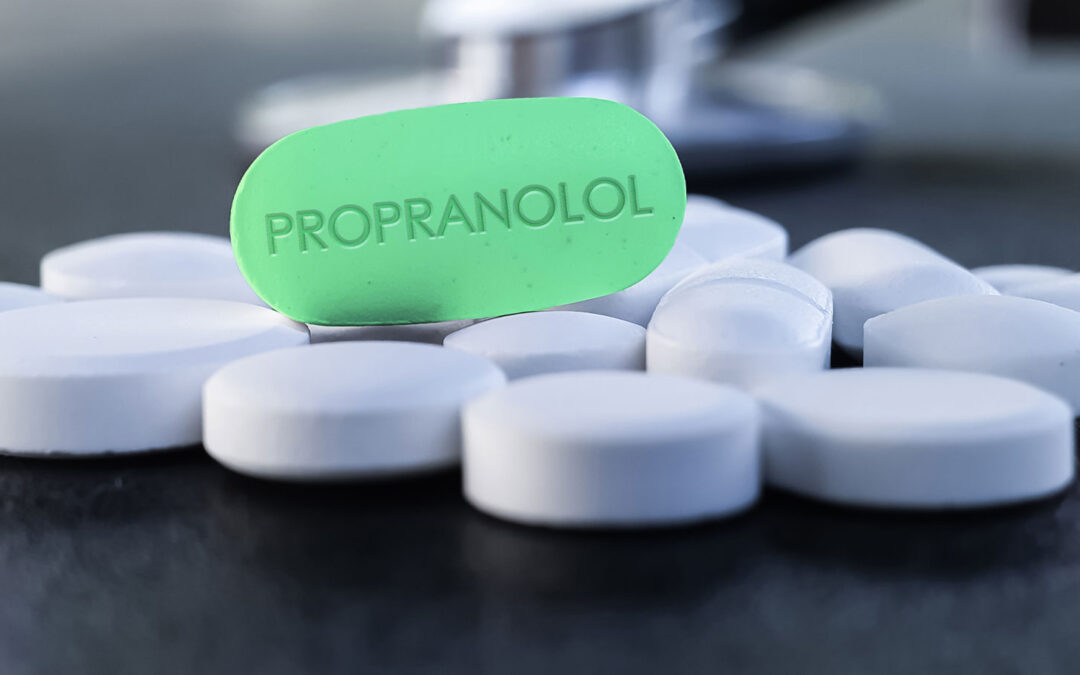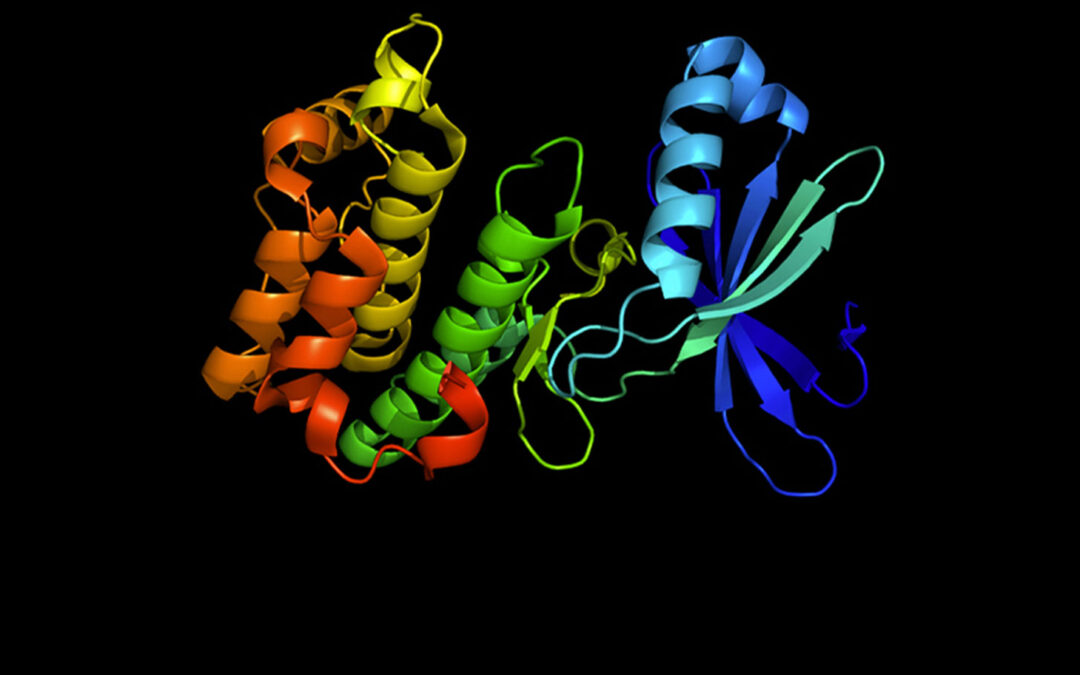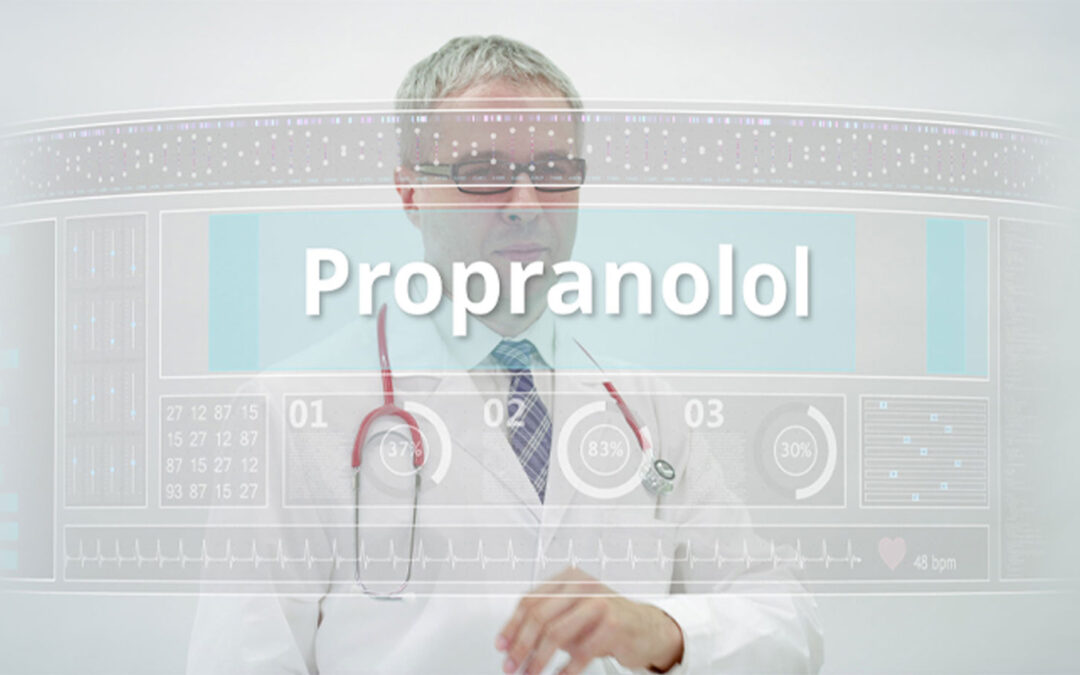The world of PTSD is an overwhelming one, but with this $10 prescription and therapy, it can be conquered. If you are experiencing some of the symptoms of PTSD, you may be triggered by certain things. There are many different triggers, but some of the most common are sights, sounds, smells, or thoughts that remind you of the traumatic event in some way. These triggers can lead to bad memories and emotions resurfacing. To understand how a cheap prescription can cure PTSD we first need to understand how the brain processed the traumatic event and what it attached to the memory.
Content:
- What Are PTSD Triggers?
- How Do You Develop Triggers?
- Things can trigger your PTSD.
- Understanding PTSD Triggers.
- Propranolol For PTSD: The Best Way To Cure PTSD.
- This is where the magic happens.
- How can a $10 prescription cure PTSD?
What Are PTSD Triggers?
Certain triggers can set off your PTSD. They bring back strong memories. You may feel like you’re living through it all over again. Triggers can include sights, sounds, smells, or thoughts that remind you of the traumatic event in some way.
Some PTSD triggers are obvious, such as seeing a news report of an assault. Others are less clear. For example, if you were attacked on a sunny day, seeing a bright blue sky might make you upset. Knowing your triggers can help you better cope with your PTSD.
How Do You Develop PTSD Triggers?
When faced with danger, your body gets ready to fight, flee, or freeze. Your heart beats faster. Your senses go on high alert. Your brain stops some of its normal functions to deal with the threat. This includes your short-term memory.
With PTSD, your brain doesn’t process the trauma the right way. It doesn’t file the memory of the event as being in the past. The result: You feel stressed and frightened even when you know you’re safe.
The brain attaches a huge amount of details, like sights or smells, to that memory. These become triggers. They act like buttons that turn on your body’s alarm system. When one of them is pushed, your brain switches to danger mode. This may cause you to become frightened and your heart to start racing. The sights, sounds, and feelings of the trauma may come rushing back. This is called a flashback.
A number of things can trigger your PTSD. Some of the most common include:
People: Seeing a person related to the trauma may set off a PTSD reaction. Or someone may have a physical trait that’s a reminder. For example, if someone with a beard mugged you, other bearded men may bring back memories.
Thoughts and emotions: The way you felt during a traumatic event (afraid, helpless, or stressed) could cause symptoms.
Things: Seeing an object that reminds you of the trauma can cue your PTSD symptoms.
Scents: Smells are strongly tied to memories. For instance, someone who survived a fire might become upset from the smoky smell of a barbecue.
Places: Returning to the scene of a trauma is often a trigger. Or a type of place, like a dark hallway, may be enough to bring on a reaction.
TV shows, news reports, and movies: Seeing a similar trauma often sets off symptoms. This includes scenes from a television show or movie, or a news report.
Feelings: Some sensations, such as pain, are triggers. For survivors of assault, a touch on a certain body part may lead to a flashback.
Sounds: Hearing specific noises, songs, or voices may bring back memories of the trauma. For example, hearing a car backfire may remind a veteran of gunfire.
Tastes: The taste of something, like alcohol, may remind you of a traumatic event.
Situations: You may tie scenarios with the trauma. For instance, being stuck in an elevator might remind you of feeling trapped after a car accident.
Anniversaries: It’s often hard to go through a date marked by trauma without remembering it, as is the case for many survivors of the terrorist attacks on September 11, 2001.
Words: Reading or hearing certain words could cue your PTSD.
The most important understanding with Triggers:
The brain exists for our survival. We have 33 senses that the Thalamic Relay must process. It scans over 16 million bytes of information per second in the environment to identify, categorize and respond to threats, seeking ways to minimize threats. Understanding how the brain’s threat and reward networks leads us to move toward some things and stay away from others is the key to applying neuroscience to treatments for trauma and PTSD.
Our survival depends on our ability to make predictions, and a primary goal of the brain is to predict where and how we can avoid threats. There has been many forms of trauma therapy with a goal of calming the “Amygdala”. That is the main reason that these are not successful in treating trauma and PTSD. Therapies based on the Amygdala fear response are like firefighters in a house trying to put a natural gas fire, trying various ways to put out the fire. Memory Reconsolidation Therapy is like simply turning off the gas supply. The fire will go out, once and for all. New research shows how specific molecules in separate parts of the brain gather and transmit threat cues to the amygdala, which transforms them into fear. So there is a part of the brain that is hyperactive in PTSD and over categories various forms of perception as threat.
Imagine someone has PTSD from a car accident with their brand new car. They were driving a RED car. When the car got hit they were LISTENING to Taylor Swift. They could SMELL the new leather seats. They remember SEEING the bright headlights right before they got hit. In the second after being hit, the car was being thrown OVER AND OVER, SPINNING around and around and finally came to a stop. They were CONFUSED and didn’t know what really just happened.
In that split second of the car accident the Thalamic Relay connected pain to various emotional and sensory inputs from the event. PTSD symptoms may be triggered at the sight of the colour RED, hearing Taylor Swift, smelling leather, seeing bright lights, or going on a kids ride with their children as it goes around and around.
Most of us understand when a person perceives a possible threat, biochemical reactions occur to prepare the body and mind to respond — known as the fight, flight, or freeze response.
Instead of looking at the reactions or the response system, neuroscience is finding that changing the dysfunctional Thalamic Relay results in lasting removal of PTSD symptoms.
Propranolol For PTSD: The Best Way To Cure PTSD.
So how can a $10 prescription cure PTSD:
Memory reconsolidation is the answer to eliminating the symptoms of Post-Traumatic Stress Disorder. For the past 15 years, research, clinical trials and application of Propranolol in a very specific therapeutic protocol. This protocol has shown an effective rate of permanently removing the symptoms of PTSD in 70-88% of the clients. So at Costco in the USA a prescription for this life changing drug is only $9.99. The price for the prescription is about the same as a couple of Pumpkin Spice Lattes from Starbucks.
Clients with PTSD & other forms of stress disorders have a similar event that took place during a traumatic event. From the 16 million bytes of information that was being processed during the event, the Thalamic Relay could not process the information correctly. This resulted in the brain connecting certain sensory inputs to the event itself. When this traumatic memory is recalled either consciously or by being triggered, it needs to be stored back in long term memory. With so much faulty information it cannot correctly be processed.
This process of putting the event back in long term memory is called consolidation. There is a certain protein that is required to glue those old faulty sensory inputs with the event memory.
This is where the magic happens.
Using Memory Reconsolidation therapy with Propranolol within 8 sessions the glue gets dissolved and what is left is just a bad memory. The old faulty sensory inputs which created the PTSD symptoms is removed from the event. The vast majority of clients experience relief within a couple of sessions and have a permanent change in their perceptions.
Imagine yourself free from your PTSD within 8 weeks from the time you start the protocol. This is possible and all it requires is you to reach out.





0 Comments